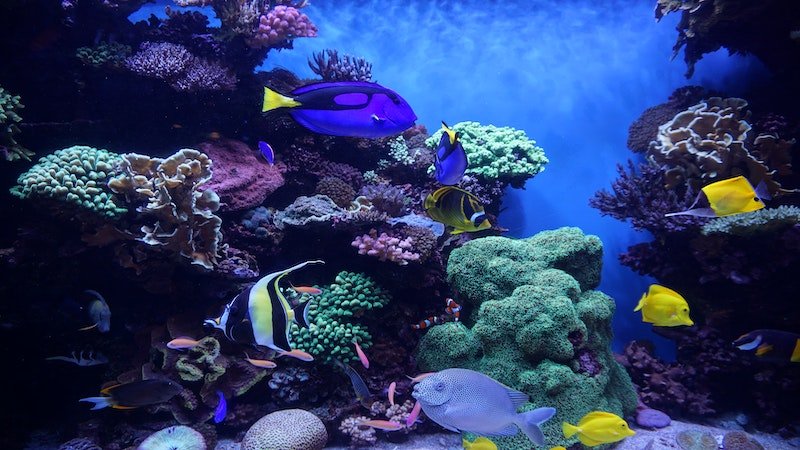
Israeli researchers have developed a 3D printing method that they want to use to curb the destruction of coral reefs. Printed ceramic models are intended to revive destroyed reefs.
Coral reefs are considered to be the largest structures on earth created by living things. They form unique ecosystems with an infinite variety of animal and plant species. Because they are home to fish and other sea creatures, they also help feed tens of millions of people.
In addition, the coral reefs protect the coasts and produce oxygen through photosynthesis. However, due to the rising water temperatures of the seas and the influence of many other harmful factors, corals are at great risk.
Researchers from four Israeli universities now want to avert the threatening fate of coral reefs with the help of a newly developed 3D printing method. In a recently published article in the scientific journal “Science of the Total Environment”, the research team presents its results.
“Investigating how to conserve coral reef biodiversity is a key issue, but there is also an urgent need to invest in technologies that can improve coral ecosystems and our understanding of the reef environment,” explains the PhD student Natalie Levy from Bar Ilan University in Israel.
This is how the 3D coral reefs from Israel are created
The production of the 3D coral reefs consists of three main steps. First, the researchers take photos of the coral reefs underwater. In doing so, the team collects thousands of images to calculate the complex shape of the reef. They then use the collected visual information to create a three-dimensional model of the reef.
From this, the researchers can already see how the reef works and what supports the development of biodiversity. In the next step, the team uses a molecular method to collect environmental genetic information that provides accurate data on coral reef organisms.
Along with other parameters, this data goes through a 3D technology algorithm. This enables the scientists to create a parametric and interactive model of the coral reef. This 3D model can be designed to fit the exact reef environment desired.
The last step is then the printing of the 3D coral reef. To do this, the researchers use a specific type of ceramic. The material is porous in water, making it ideal for building and restoring new coral reef structure. New life can settle and develop here.
Bar-Ilan University/ Haim Zinger, Ofer Berman
Artificial coral reef combines 3D printing with DNA sampling
With the 3D printing method from Israel, the researchers can not only produce an exact model of a specific reef environment. In addition, it is possible to re-feed the collected data into an algorithm to verify the effectiveness and efficiency of 3D printing.
“The use of three-dimensional printing allows for a wide scope for realism, algorithm-based solutions and the adoption of sustainable production for the development of large-scale marine restoration,” explains PhD student Ofer Berman from the Faculty of Architecture and Urban Planning at the Israel Institute of Technology.
That is why the 3D coral reefs from Israel are so important
According to the scientists, the newly developed 3D printing method fulfills two crucial needs to save coral reefs. First, the method satisfies the need for innovative solutions that enable the restoration of coral reefs around the world. In addition, the natural complexity of the coral reef is restored.
Damaged coral reefs take at least ten years to recover. Long-lived corals even need several decades. According to the assessment of the Federal Ministry for the Environment and Nature Conservation, it seems unlikely that the ecosystem will still have this time in view of the ongoing climate change.
Only short-term and effective global climate protection measures could enable at least some of the coral reefs to survive. The researchers from Israel are currently building several 3D coral reefs in the Gulf of Eilat. With the collected results, the research team wants to apply the 3D printing method to reef ecosystems around the world.
Also interesting:
Source: https://www.basicthinking.de/blog/2022/05/07/israelische-forscherinnen-drucken-3d-korallenriffe/


